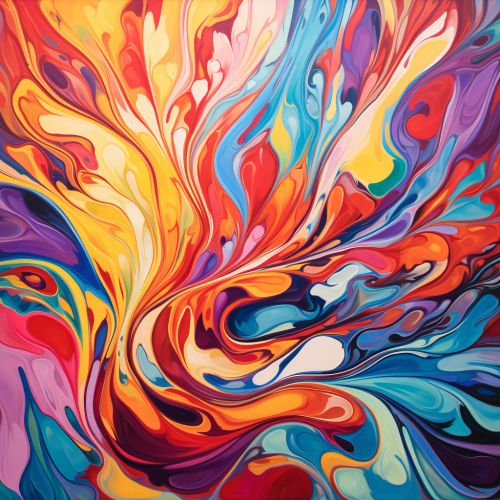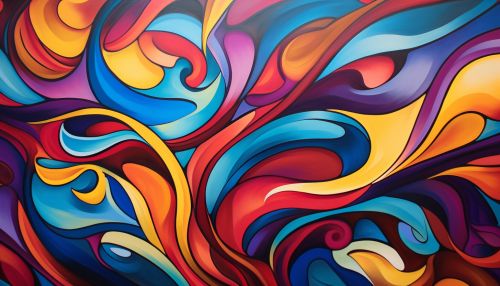Abstract Expressionism
Origins and Early Development
Abstract Expressionism, often referred to as the New York School, emerged in the mid-20th century as a significant movement within the realm of modern art. It was the first American art movement to gain international influence and put New York City at the heart of the western art world, a role previously filled by Paris. The term "Abstract Expressionism" was first used in 1919 in relation to the work of Wassily Kandinsky, but it is most commonly associated with post-World War II art in America.


The movement is noted for the freedom of expression it afforded artists, allowing them to convey their subjective responses to the world around them. It is characterized by abstract or non-objective imagery, loose brushwork, and highly textured surfaces. It is often divided into two sub-genres: Action Painting, exemplified by artists like Jackson Pollock and Willem de Kooning, and Color Field Painting, represented by artists such as Mark Rothko and Barnett Newman.
Characteristics and Techniques
Abstract Expressionism is marked by a strong emphasis on spontaneous, automatic, or subconscious creation. The movement's name is derived from its combining of the emotional intensity and self-expression of the German Expressionists with the anti-figurative aesthetic of the European abstract schools such as Futurism, the Bauhaus, and Synthetic Cubism.
Artists within the movement strived for a direct, physical engagement with their work, often applying paint rapidly and with force to their massive canvases in an effort to show feelings and emotions, painting gesturally, non-geometrically, sometimes applying paint with large brushes, sometimes dripping or even throwing it onto canvas. Their work is characterized by a strong dependence on what appears to be accident and chance, but which is actually highly planned.
Influences and Inspirations
Abstract Expressionism was influenced by a variety of sources, including the Surrealist idea of automatism and the exploration of the unconscious mind. Artists were also inspired by the philosophy of existentialism, which emphasizes individual experience, freedom, and personal responsibility. The movement was also informed by the political and social climate of the time, particularly the aftermath of World War II and the Cold War.
Key Figures
There were many key figures within the Abstract Expressionism movement, each with their own unique style and approach. Jackson Pollock, known for his "drip paintings," is perhaps the most famous Abstract Expressionist. His technique of dripping and splattering paint onto his canvas from above allowed him to work in a free and flowing manner, creating a sense of energy and movement in his work.
Willem de Kooning, another prominent figure in the movement, combined abstract and figurative elements in his work. His series of "Woman" paintings are particularly notable for their aggressive brushwork and distorted representation of the female form.
Mark Rothko, a leading figure in the Color Field sub-genre of Abstract Expressionism, is known for his large-scale paintings of rectangular fields of color, which he believed could evoke a variety of emotions in the viewer.
Legacy and Influence
The impact of Abstract Expressionism on the art world was profound. It shifted the center of the art world from Paris to New York, and it paved the way for many subsequent art movements, including Pop Art, Minimalism, and Conceptual Art. Today, the works of Abstract Expressionist artists are held in high regard and can be found in major museums and collections around the world.
